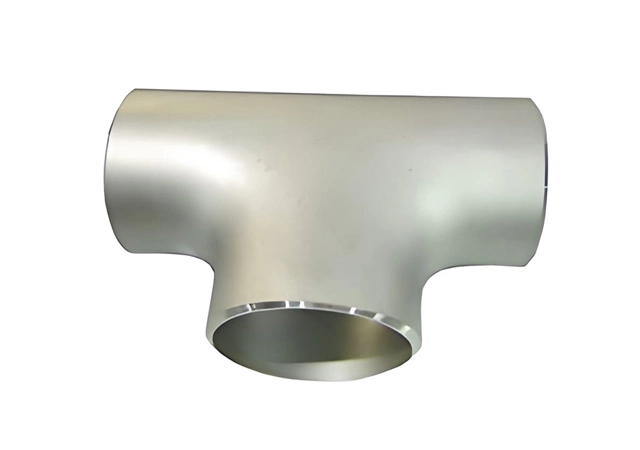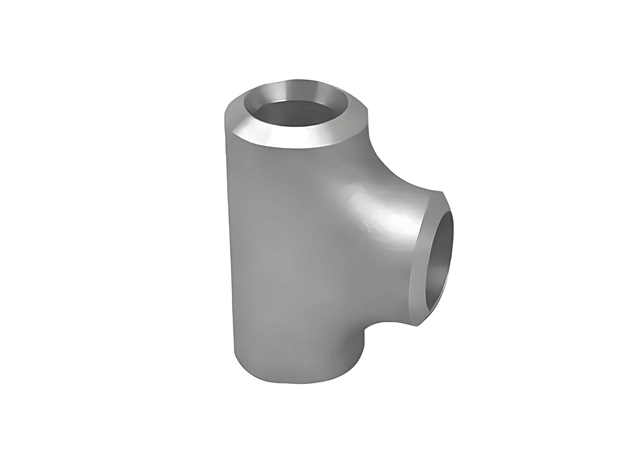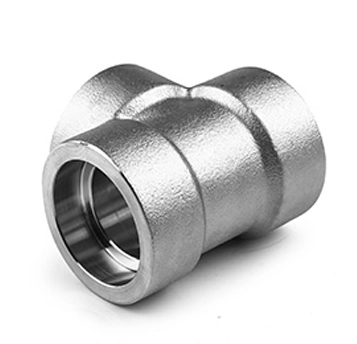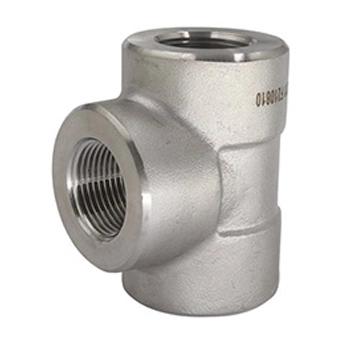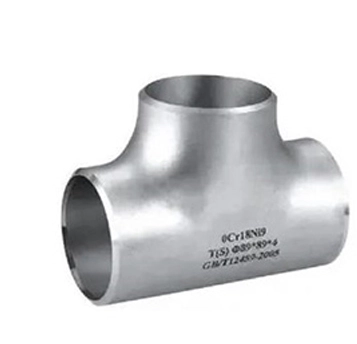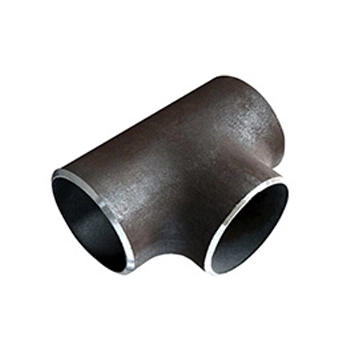Union Tee is a type of pipe fitting shaped like the letter "T," used to connect three pipes in a piping system. Made from alloy steel, which contains additional elements such as chromium, molybdenum, and nickel, these tees offer enhanced strength, durability, and corrosion resistance compared to regular carbon steel fittings.
Union Tee are designed to withstand high pressure and temperature conditions, making them ideal for demanding industrial applications. Commonly used in power generation, petrochemical, and heavy-duty industrial settings, alloy steel tees are available in various sizes and configurations to meet specific project requirements.
Union Tee conform to standards such as ASTM A234 and ASME SA234, ensuring high-quality performance and reliability. Their versatility and robustness make them a preferred choice for critical piping systems where strength and durability are paramount.
Equal Tee: All three openings are the same size.
Reducing Tee: The branch connection is smaller in size than the main pipe.
Butt Weld Tee: Welded directly to the pipe for high-strength, leak-proof connections.
Socket Weld Tee: Pipe is inserted into the socket and welded, used for small-bore piping.
Threaded Tee: Screwed onto the pipe using threaded ends, suitable for low to medium-pressure systems.
Dimensional Standards:
ASME B16.9 (Factory-Made Wrought Steel Butt-Welding Fittings)
MSS-SP-75 (High-Test Wrought Butt-Welding Fittings)
Material Standards:
ASTM A234 (Standard Specification for Piping Fittings of Wrought Carbon Steel and Alloy Steel)
ASTM A182 (Standard Specification for Forged or Rolled Alloy Steel Pipe Flanges, Forged Fittings, and Valves)
Testing Standards:
ASME Section IX (Welding Qualifications)
ASTM A370 (Mechanical Testing of Steel Products)
High Strength: Excellent mechanical properties, making them suitable for extreme conditions.
Corrosion Resistance: Enhanced resistance to oxidation and corrosion compared to carbon steel.
High-Temperature Performance: Can withstand elevated temperatures without losing strength.
Durability: Long service life even in harsh environments.
Versatility: Can be used in a wide range of industries and applications.
Due to their enhanced properties, Alloy Steel Tees are widely used in the following industries:
Power Generation: For high-pressure steam and water piping systems in power plants.
Petrochemical Industry: In pipelines handling corrosive chemicals and high-temperature fluids.
Heavy-Duty Industrial Applications: Where high strength and durability are required to ensure reliable performance.

 EN
EN
